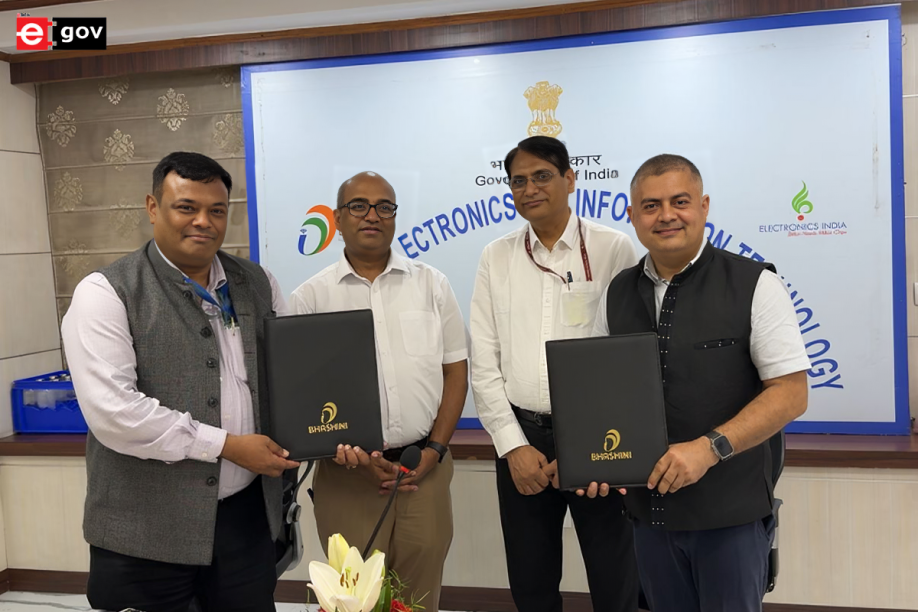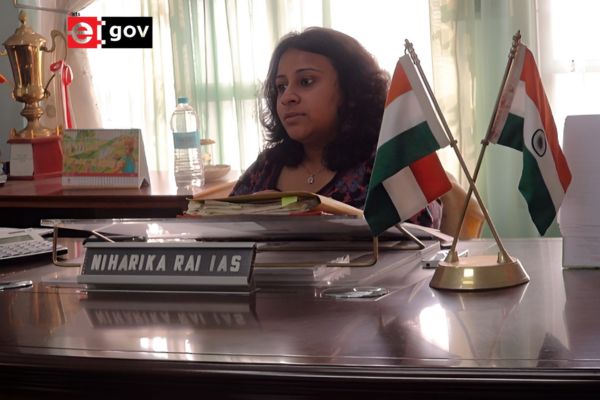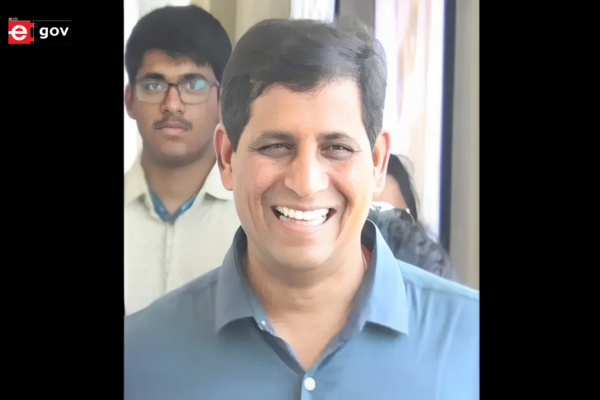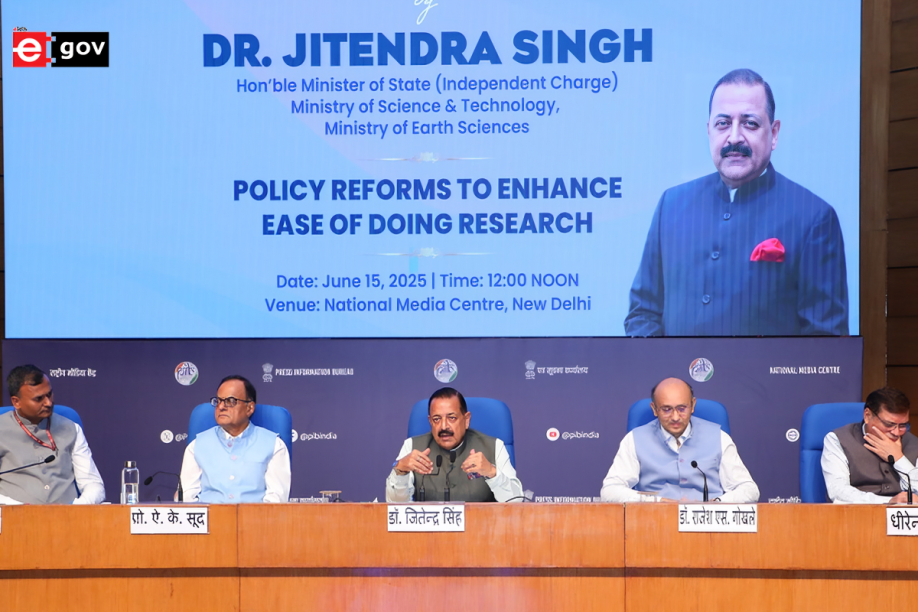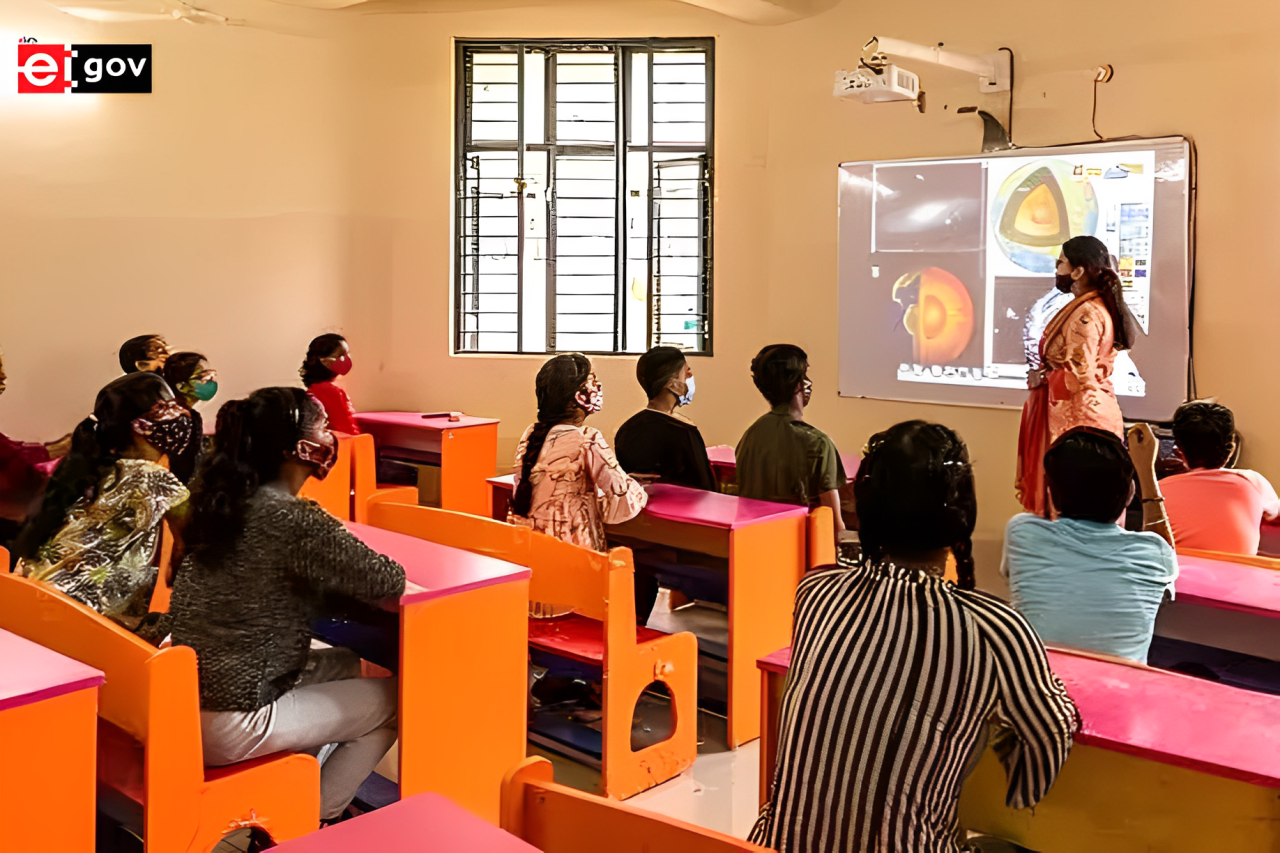
Bengaluru and Chennai are grappling with severe water woes as relentless rainfall from the Northeast Monsoon causes widespread flooding. Bengaluru has been particularly hard hit, with areas like Kengeri and Rajarajeshwari Nagar experiencing up to 137 mm of rain, leading to severe waterlogging and paralyzed traffic. Major roads, including Mysore Road, have become impassable, stranding public transport services and affecting countless commuters.

Bengaluru Rain Turns Manyata Tech Park Into ‘Tech Falls’
Chennai faces similar challenges, with the India Meteorological Department (IMD) issuing a red alert as large parts of the city are submerged. The Tamil Nadu government has declared holidays for schools and offices, mobilizing 26 teams from disaster response forces to assist citizens in need.

These situations underscore the urgent need for resilient urban infrastructure and disaster preparedness. Mission Mausam emerges as a crucial solution, aiming to enhance India’s weather forecasting capabilities and improve disaster response. By expanding weather observation networks and utilizing modern technologies like machine learning, Mission Mausam seeks to provide timely and accurate weather predictions. This initiative not only addresses the immediate concerns of flooding in cities like Bengaluru and Chennai but also lays the groundwork for a climate-resilient future in India.

Monsoon Impact on a National Scale

India has experienced one of the worst monsoon seasons in recent years, with flooding affecting states across the country. According to a 2021 study by the

Council on Energy, Environment, and Water (CEEW), approximately 40% of districts in India are exposed to alternating climate risks—floods during the monsoon and droughts during the dry season. This is part of a worrying trend where extreme weather patterns are becoming more frequent and severe, largely driven by global climate change.
CEEW’s analysis of 40 years of rainfall data shows a 64% increase in heavy rainfall days over the past decade. This increase has resulted in more intense floods, placing lives, infrastructure, and economic activity at greater risk. For instance, states like Assam, Maharashtra, and Bihar have been particularly hard-hit by recurrent floods in recent years. Despite these frequent crises, many flood-prone regions still lack adequate early warning systems and infrastructure to mitigate the damage.
According to the National Disaster Management Authority (NDMA), about 12% of India’s land is flood-prone, affecting 75 million people annually. Yet, only one-third of these people are covered by robust early warning systems, leaving a significant portion of the population vulnerable.
Bengaluru’s Water Woes: A Local Example of a National Problem
Bengaluru’s recurrent flooding due to heavy rainfall is a reflection of the infrastructural inadequacies that plague many urban centres across India. The city’s drainage systems are simply not equipped to handle the sheer volume of rainwater, resulting in frequent waterlogging in key areas. In addition to poor drainage, rapid urbanization and inadequate planning have only worsened the situation.

Bengaluru residents struggling in waterlogged road

Waterlogging on the Outer Ring Road near Bengaluru’s Ecospace Tech Park
Traffic police have been deployed to clear water from major roads, but these temporary measures fail to address the root cause. The lack of proper stormwater drain maintenance and the increasing strain on the city’s infrastructure due to urban sprawl have made Bengaluru especially vulnerable to flooding.
While Bengaluru may seem to be a city-specific issue, this is a story repeated across India, where cities like Mumbai, Chennai, and Hyderabad also struggle with monsoon-related flooding. The national perspective calls for a more comprehensive approach to tackling climate risks, especially in cities that are growing rapidly.
The Need for Better Weather Forecasting and Preparedness
The increasing frequency of extreme weather events has made it clear that India needs better weather forecasting systems and more robust preparedness measures. While India has made strides in cyclone warning systems, particularly in coastal regions, flood-prone areas remain under-prepared. The coverage of early warning systems in flood-prone areas is insufficient, leaving millions at risk during the monsoon season.
India has a well-established meteorological department—the India Meteorological Department (IMD)—which has made significant progress in improving weather forecasts. However, more needs to be done to ensure that these forecasts reach the people who need them the most and that they are accurate enough to predict localized weather events such as urban floods.
Mission Mausam: A Step Toward Climate Resilience
To address these issues, the Government of India has launched ‘Mission Mausam’ in September 2024. This ambitious initiative is aimed at improving India’s weather forecasting capabilities and ensuring that the country is better prepared for climate risks. The ₹2,000 crore mission seeks to expand India’s weather observation network and improve weather forecasting models using modern physics and machine learning.
Mission Mausam has three key objectives:
- Expanding the Weather Observation Network: Increasing the number of weather observation systems across the country, particularly in regions with high climate risks.
- Improving Forecasting Models: Leveraging modern technology, including machine learning, to make more accurate and localized weather predictions.
- Weather Modification Techniques: Exploring techniques such as cloud seeding to manage extreme weather events like droughts or heavy rainfall.
Three institutions under the Ministry of Earth Sciences (MoES) will lead this initiative: the India Meteorological Department (IMD), the National Centre for Medium Range Weather Forecasting (NCMRWF), and the Indian Institute of Tropical Meteorology (IITM). Together, these institutions aim to bridge the gaps in India’s weather preparedness.
Addressing Gaps in Radar Coverage
One of the key areas of focus for Mission Mausam is improving radar coverage across the country. India currently has 39 Doppler Weather Radars (DWRs) monitoring rainfall, but significant gaps remain, particularly along the western coast and in urban centres like Bengaluru, Ahmedabad, and Jodhpur.

Centre to install wider network of radars, wind profilers by 2026
Cities that experience recurrent flooding, such as Bengaluru and Chennai urgently need better radar coverage to improve short-term forecasting. The mission should prioritize installing additional DWRs in these high-risk regions, ensuring that local authorities can respond to extreme weather events more effectively.
Enhancing Data Access and Innovation
Another major gap in India’s weather preparedness is the lack of easy access to weather data. While the IMD shares weather data, restrictions on its accessibility limit the ability of researchers and innovators to develop local early warning systems. By making data from instruments like DWRs, wind profilers, and radiometers openly available, Mission Mausam can foster innovation and help local governments make better decisions.
Also Read | Achieving total sanitation through inclusivity and climate resilience
Countries like the United States and members of the European Union have adopted open data policies for weather information, allowing private enterprises, academic researchers, and governments to develop analytical tools for weather forecasting. India could benefit from a similar approach, enabling the development of localized weather solutions tailored to specific regions and challenges.
Improving Public Communication and User Experience
A crucial aspect of weather preparedness is public awareness and education. The IMD currently disseminates weather warnings through multiple channels, including websites and mobile apps. However, more can be done to improve the user experience and ensure that people understand how to interpret weather warnings and take appropriate action.
Through Mission Mausam, the government should focus on developing easy-to-understand user guides, informative videos, and media outreach to help citizens better comprehend weather forecasts. Enhancing user capacity will empower communities to respond more effectively to extreme weather events, thereby reducing the damage caused by floods, cyclones, and other natural disasters.
Way Forward: Making India Climate-Resilient
The situation in Bengaluru, Chennai and similar urban centres across India, underscores the need for a comprehensive approach to managing climate risks. Mission Mausam offers a blueprint for how India can improve its weather forecasting capabilities and better prepare for extreme weather events.
As the frequency and intensity of climate risks grow, Mission Mausam will play a vital role in safeguarding lives, livelihoods, and infrastructure. By expanding radar coverage, making weather data openly accessible, and enhancing public awareness, India can take significant strides toward becoming climate-resilient.
Educational campaigns and robust public awareness efforts will be essential to ensure that citizens in high-risk areas are equipped with the necessary information to act during extreme weather events. Additionally, the mission should promote public-private partnerships to harness technological innovations from the private sector, ensuring that India’s weather forecasting system is as advanced as possible.
Overview
As India continues to face the dual challenges of urban flooding and other extreme weather events, the need for better weather forecasting, infrastructural resilience, and public awareness has never been more pressing. Mission Mausam is a critical step toward addressing these challenges on a national scale. By focusing on the gaps in weather observation, improving forecasting accuracy, and empowering citizens with better information, this initiative can significantly reduce the human and economic toll of extreme weather events across the country.
Also Read | Urban Poor as Change Agents in building climate resilience
With strategic planning, technological innovation, and public engagement, India can build a future that is weather-ready and climate-smart. The experiences of cities like Bengaluru are reminders of the importance of such efforts, not just for today, but for future generations.
References
Council on Energy, Environment, and Water (CEEW), “Mapping India’s Climate Vulnerability,” 2021
National Disaster Management Authority (NDMA), “India’s Vulnerability to Floods: Annual Report,” 2021
Karnataka State Natural Disaster Monitoring Centre (KSNDMC), “Monsoon Rainfall Reports for Bengaluru,” 2023
Ministry of Earth Sciences (MoES), “Launch of Mission Mausam: Enhancing India’s Weather Preparedness,” September 2024
Be a part of Elets Collaborative Initiatives. Join Us for Upcoming Events and explore business opportunities. Like us on Facebook , connect with us on LinkedIn and follow us on Twitter, Instagram.
"Exciting news! Elets technomedia is now on WhatsApp Channels Subscribe today by clicking the link and stay updated with the latest insights!" Click here!






